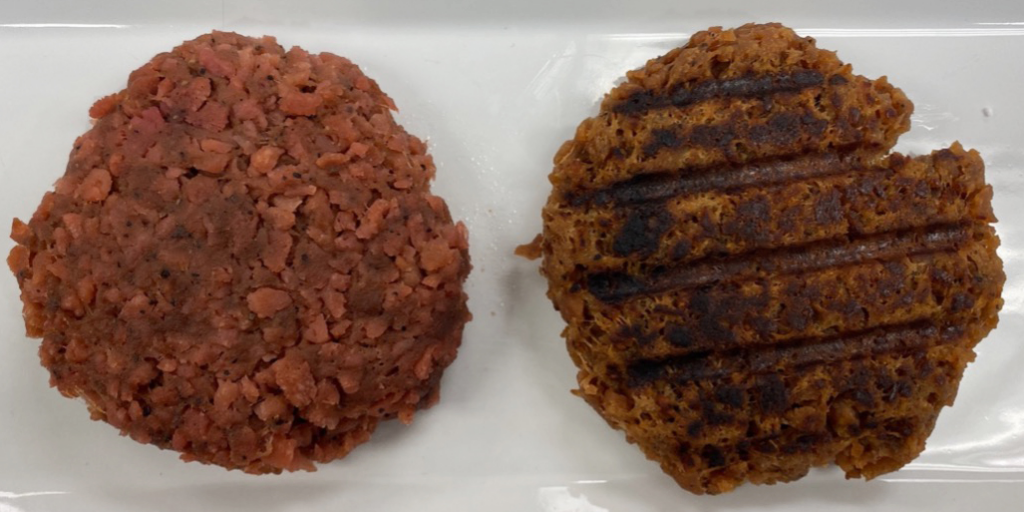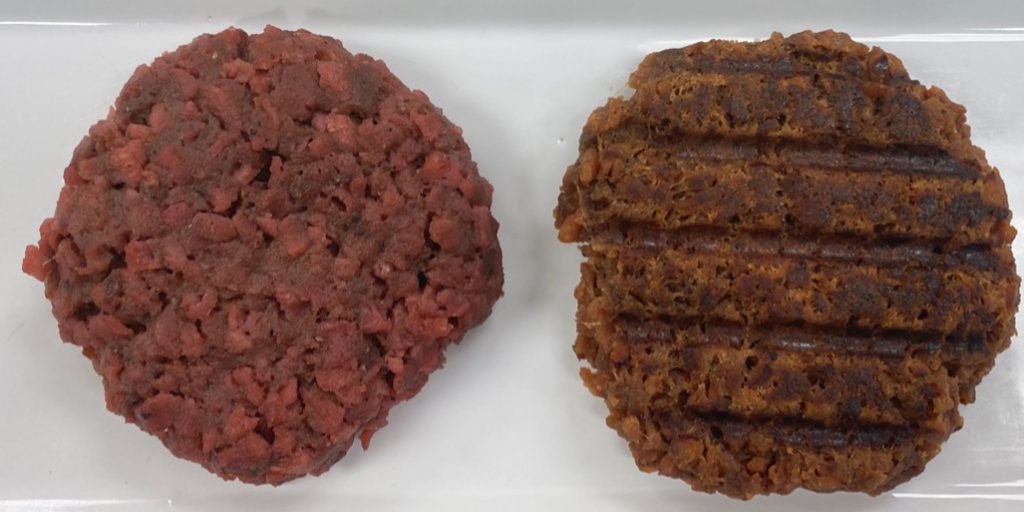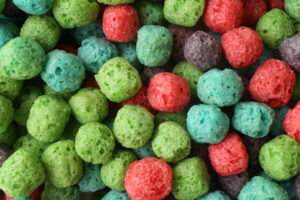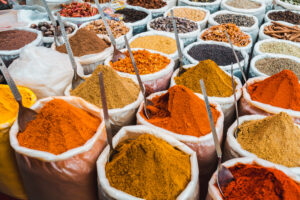The plant-based meat alternative market continues to grow, in part due to interest from flexitarians. This group tries to add in more plant-based options in place of their regular meat consumption a few days a week, often for environmental, health, or ethical reasons. To help make this addition more seamless in their weekly routine, they look for alternatives that are similar to what they are already eating. One way to do this is by achieving a raw-to-cooked effect. We’ll walk you through how to make this happen in the article below.
How it's Done
The raw to cooked look, especially for burgers, is very popular as it presents meat alternatives that look and behave similarly to their traditional meat counterparts. The key to achieving this effect is through the addition of color ingredients that can change with heat exposure.
Natural colors fit into this category and will allow the alternative burger to be cooked on the grill alongside traditional burgers and come out with the same charred and deep brown color.
Creating the Color Change
To achieve a raw to cooked transition, we take advantage of the inherent qualities of beet. Heat degrades the color of red beet, which is typically seen as undesirable. But, in this case, the beet will provide a nice red color in the ‘raw’ patty that will fade as the heat is applied during the cooking on the grill or stove.
However, many customers find that beet alone does not provide the best color to the burger after it is cooked. That’s why we typically create blends with beet and either a plain caramel or cooked vegetable/juice concentrate color, like our Naturbrown® Apple. By combining these colors, the red beet fades while the burger cooks, leaving the rich brown color to take the spotlight. The result is a nice, cooked burger that would rival any traditional burger in appearance. You can see this with our popular Vegared blend in the image below.

While Vegared is a popular blend, most customers find that a custom blend works best to differentiate their product or achieve the right ‘raw’ shade. To do this, additional natural colors, such as beta-carotene or Amaize® red, can be included with the beet and caramel to help shade the raw burger to the exact look that you envision. In the image below, you can see the addition of an anthocyanin added some purple tones to the raw burger and additional dark brown color to the finished cooked product.

Additional variations can be achieved by altering the dosage rate or by coloring fat inclusions for a more marbled look. Learn more in our webinars!
Want to try out the raw to cooked look in your meat alternative? Get a free natural color sample kit for meat alternatives, which provides all the colors necessary to achieve this look. Or contact us to get started on your next project.






